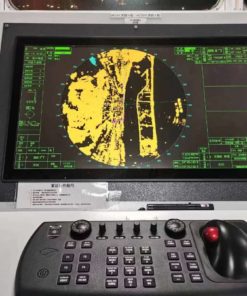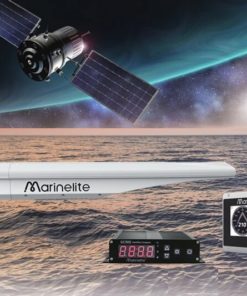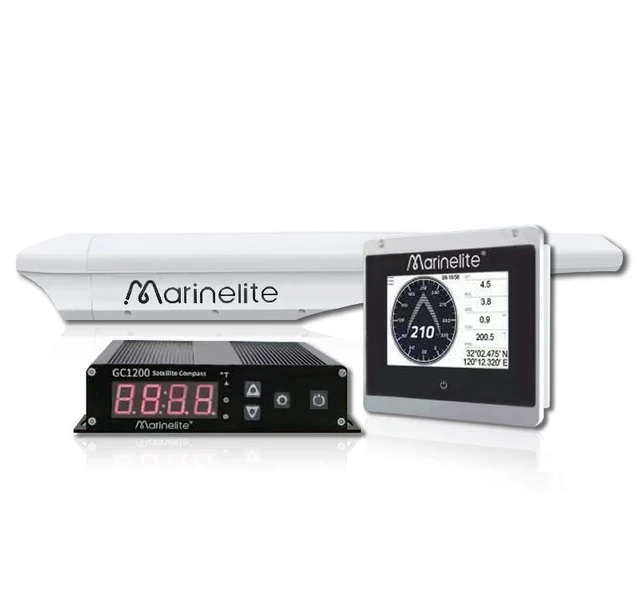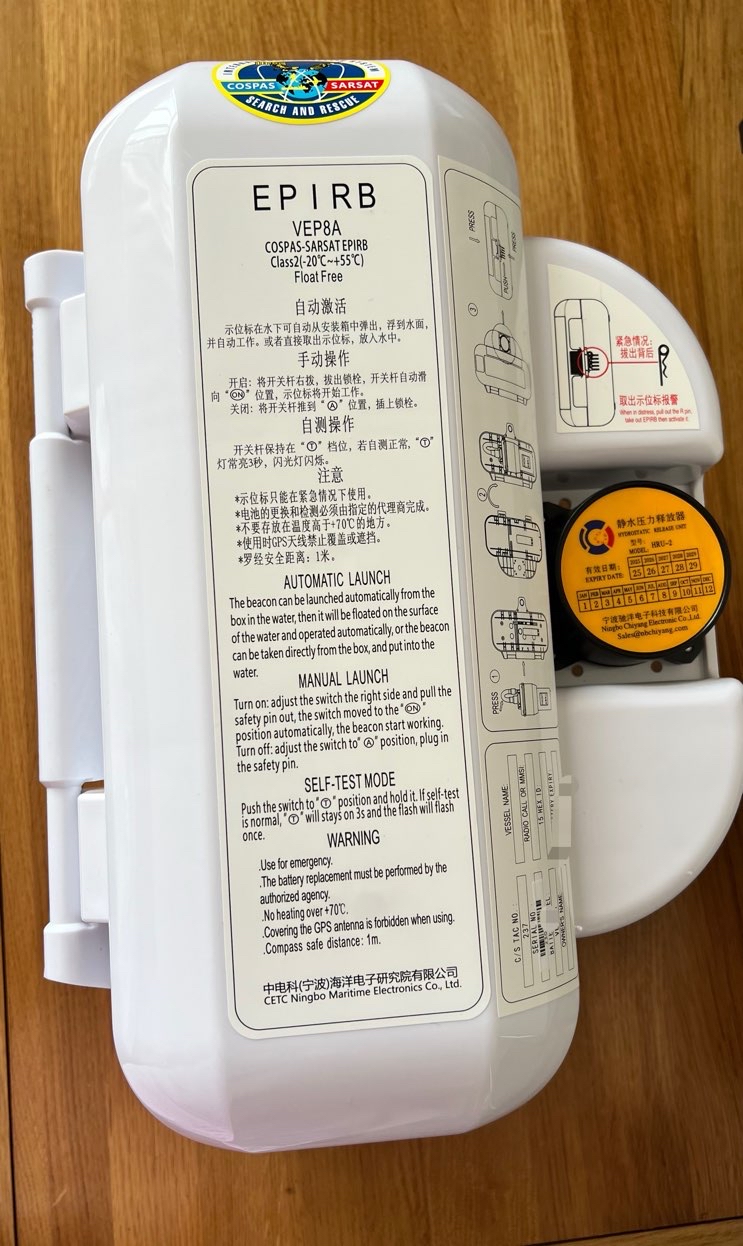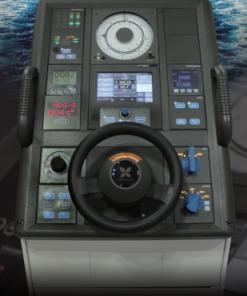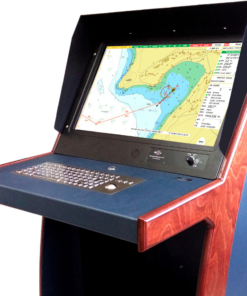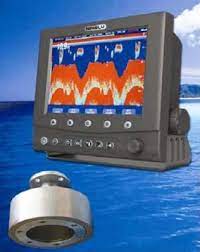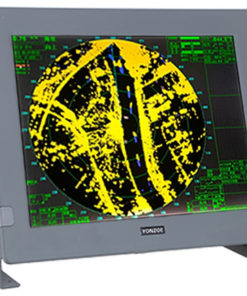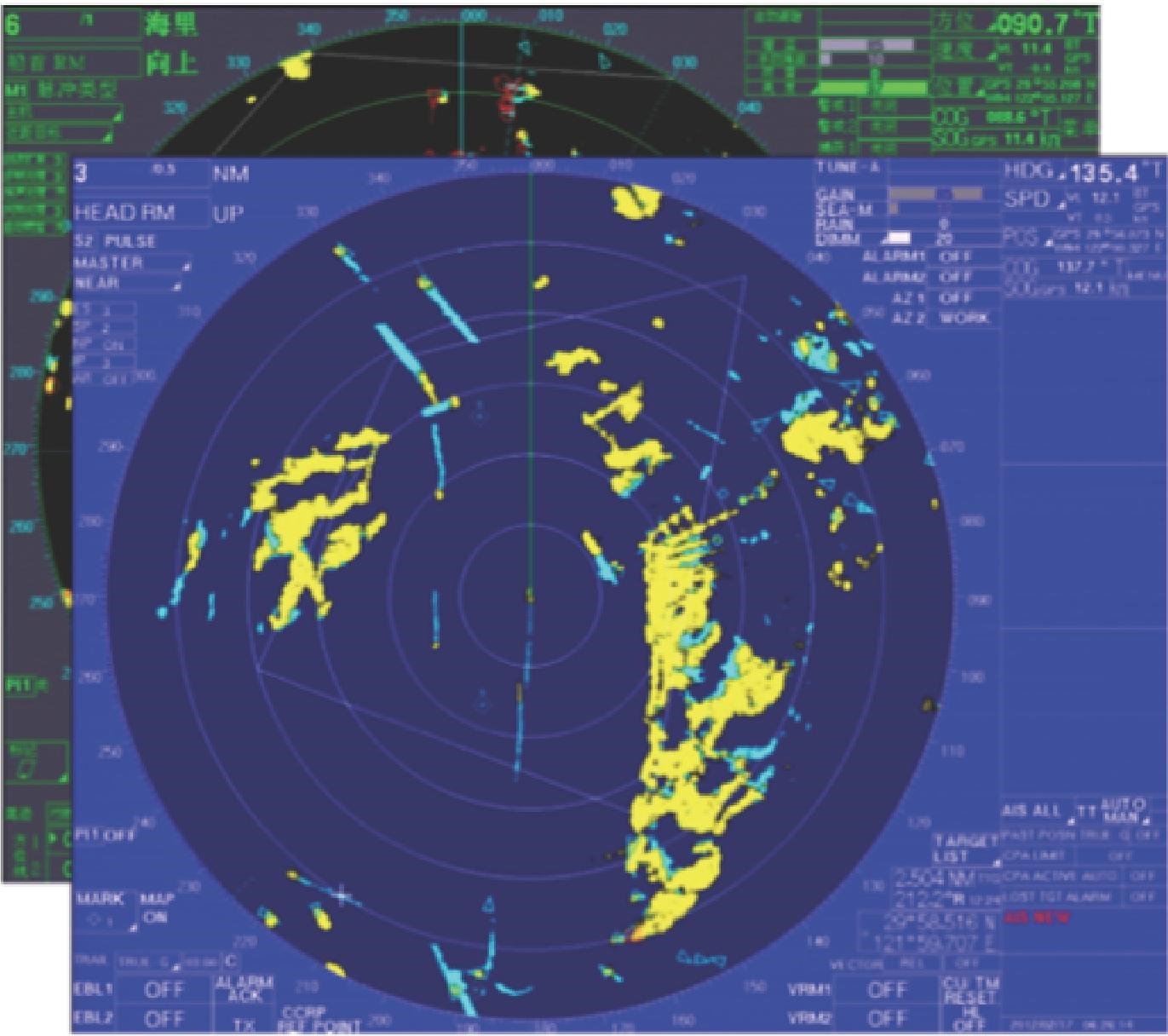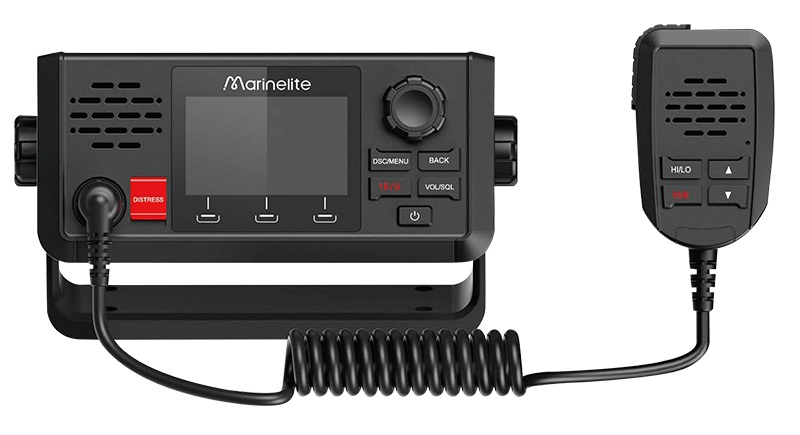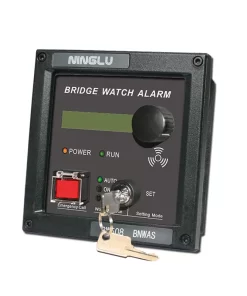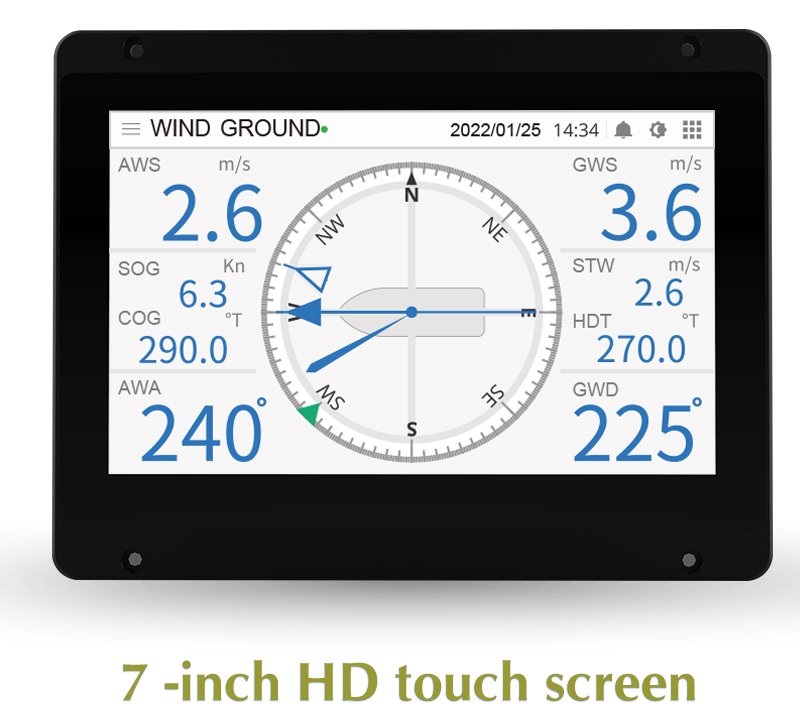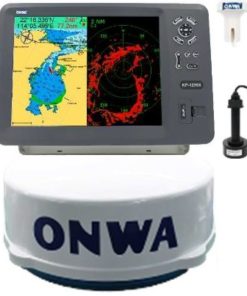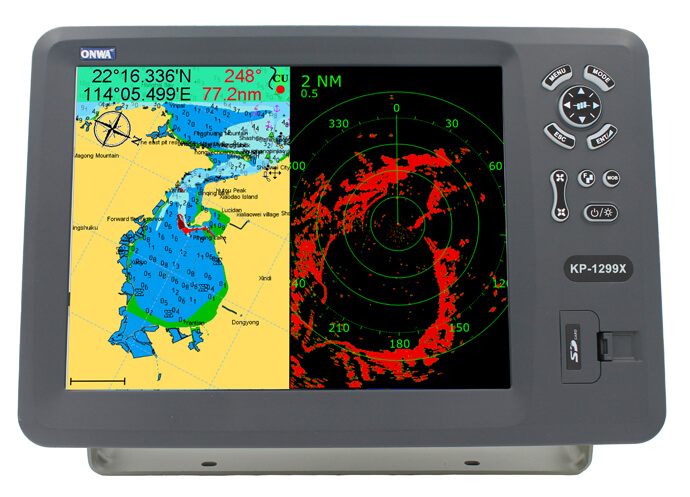| What are marine rotating beacons? |
Marine rotating beacons are navigational lights used on ships, buoys, and other maritime structures to provide visual signals for navigation and safety purposes. |
| How do marine rotating beacons work? |
Marine rotating beacons consist of a light source mounted on a rotating mechanism, which causes the light to emit flashes or pulses in a specific pattern. This rotating motion enhances visibility and distinguishes the beacon’s signal from other lights. |
| What are the primary functions of marine rotating beacons? |
The primary functions of marine rotating beacons are to indicate the presence of navigational hazards, mark the location of channels, ports, and harbors, and provide visual aids for safe navigation, especially during low visibility conditions. |
| Why are marine rotating beacons important? |
Marine rotating beacons play a crucial role in maritime safety by helping vessels navigate safely through waterways, avoid obstacles, and locate important landmarks and navigational aids, particularly in poor weather or at night. |
| What types of vessels use marine rotating beacons? |
Marine rotating beacons are used on a wide range of vessels, including commercial ships, fishing boats, pleasure craft, and government vessels, as well as on offshore platforms, buoys, and lighthouses. |
| How are marine rotating beacons powered? |
Marine rotating beacons can be powered by various sources, including batteries, solar panels, or the vessel’s electrical system. Some beacons may also have backup power sources for redundancy. |
| Are there regulations governing the use of marine rotating beacons? |
Yes, various maritime regulations and international standards specify requirements for the design, installation, and operation of marine rotating beacons to ensure their effectiveness and compatibility with other navigational aids. |
| How should marine rotating beacons be maintained? |
Marine rotating beacons should be regularly inspected for proper operation, cleanliness, and alignment. Any malfunctioning or damaged components should be promptly repaired or replaced to maintain reliable navigation signals. |
| Where can one purchase marine rotating beacons? |
Marine rotating beacons can be purchased from maritime equipment suppliers, navigational aid manufacturers, and specialized retailers catering to the maritime industry. |
| Can crew members receive training in the use of marine rotating beacons? |
Yes, crew members responsible for operating and maintaining marine rotating beacons should receive training on their proper use, maintenance procedures, and compliance with relevant regulations and safety standards. |

